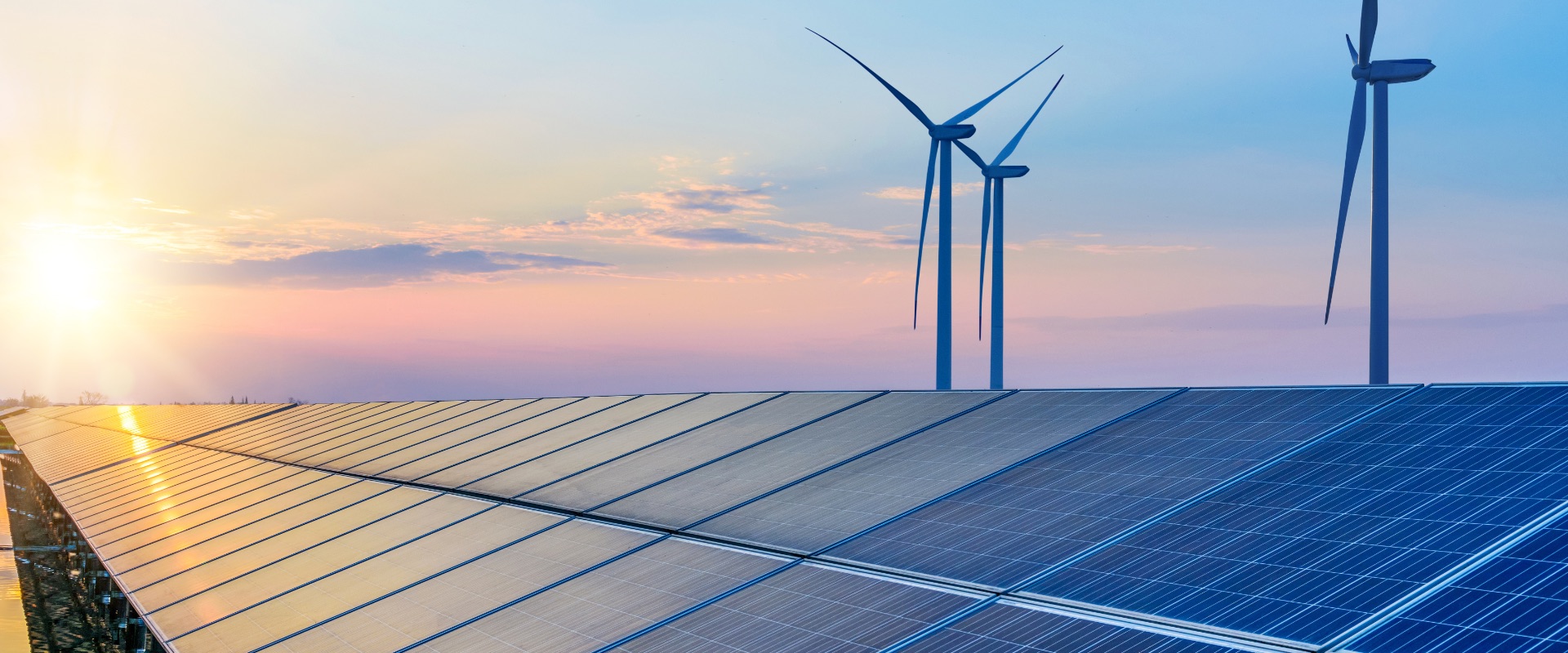Bloomberg New Energy Finance (BNEF): 455 GW of new photovoltaic capacity would have to be installed annually to achieve 2050 climate targets

The NEO offers three scenarios with a mix of different technologies, all leading the world to net-zero. The “Green Scenario” is of course built on clean electricity and green hydrogen, solar and wind account for 15% of the world’s primary energy supply in 2030, scaling up to 70% in 2050. The case of “Green Scenario” requires around 1,400 GW of renewables to be deployed annually, on an average, for the next 3 decades where 20 TW of solar PV capacity is installed till 2050, representing an average of 632 GW per year. In this scenario, BNEF expects new demand for green hydrogen to grow to 1,318 million tons, In comparison, the carbon capture and storage dominated “Gray Scenario” expects an addition of up to only 190 million tons of green hydrogen. The “Red Scenario” prioritizes nuclear power.
In overall, it is the power sector that needs to change the most to bring down its emissions by 57% from 2019 levels by 2030 and further go down 89% by 2040. Over the next 9 years, it needs to cut emissions as well as encourage faster deployment of wind and solar PV.
Depending on the scenario chosen, estimated investments towards net-zero should add up to between $92 trillion and $173 trillion over the next 3 decades on energy supply and infrastructure, as per the NEO 2021 If the world wants to make sure achieving or getting close to meeting net zero by mid-century, then the deployment of low-carbon solutions has to be accelerated massively. That means even more solar PV, wind, batteries, and electric vehicles, as well as recycling and greater electricity use in industry, and redirecting biofuels to shipping and aviation.
